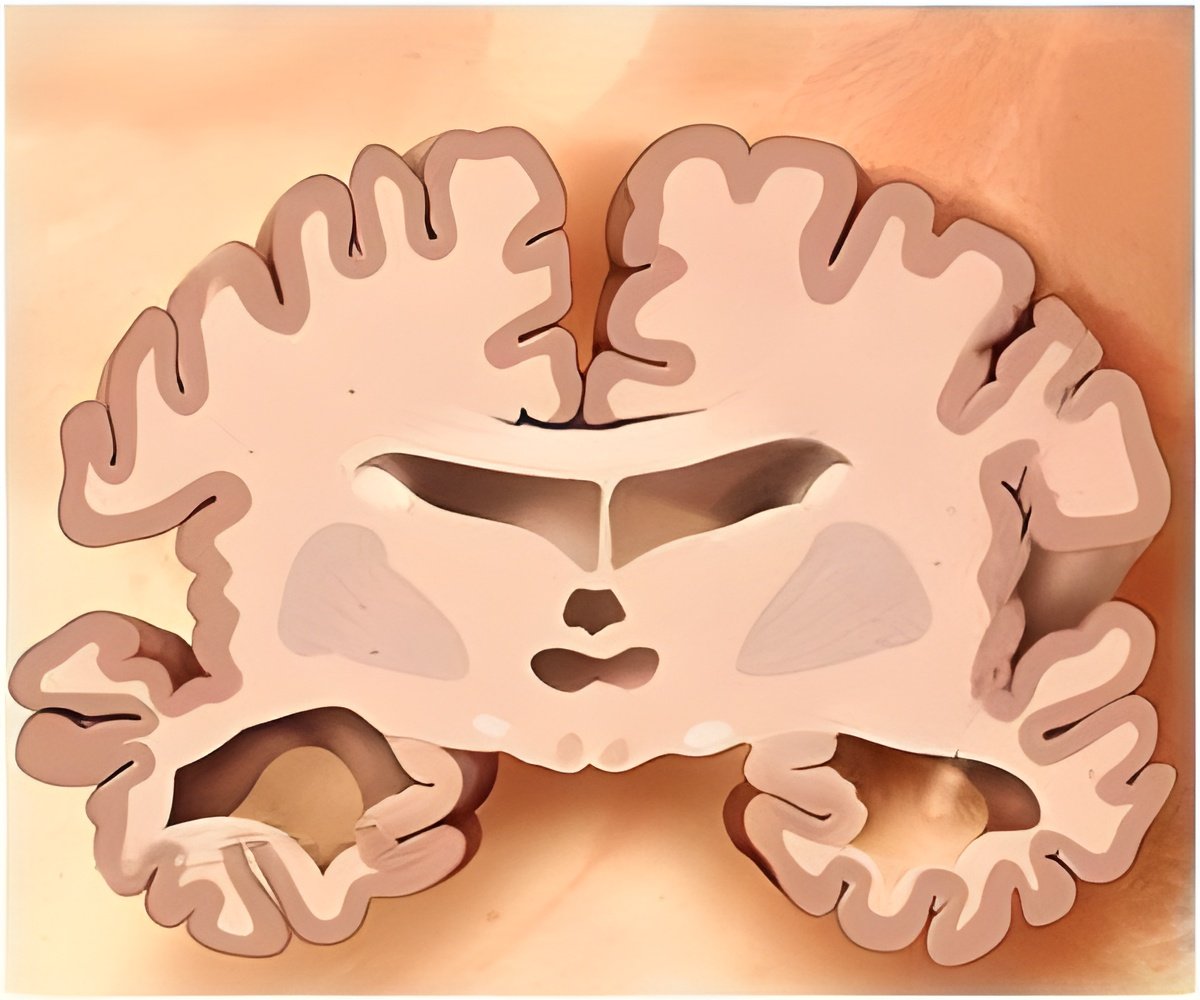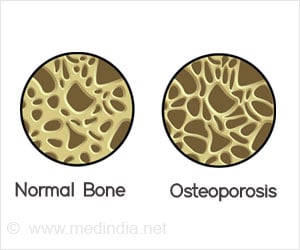According to a 2012 World Health Organization report, over 35 million people worldwide currently have dementia.

Their focus was on tau, a protein involved in maintaining brain cell structure. In Alzheimer's disease and related disorders, tau protein becomes abnormally modified and forms clumps of protein called aggregates. These aggregates are a hallmark of the dying nerve cells in Alzheimer's disease and other related disorders. Diseases with abnormal tau are called tauopathies.
Dr. Kraemer's lab previously developed a worm model for tauopathy by expressing human tau in C. elegans nerve cells. This model has behavioral abnormalities, accumulates abnormal tau protein, and exhibits loss of nerve cells—all of which are general features of Alzheimer's disease.
Using their worm model for this study, they screened a library of 1,120 drugs approved for human use and tested each at three different concentrations to identify compounds that suppress the effects of abnormal tau aggregation.
"We have identified six compounds capable of reliably alleviating tau induced behavioral abnormalities in our C. elegans model for tauopathy. In a human cultured cell model for abnormal tau protein, we have also seen that azaperone treatment can decrease the amount of abnormal tau," said Kraemer.
Azaperone, an antipsychotic drug, normally binds to certain dopamine receptors found in nerve cells. They demonstrated that removing those receptors in either C. elegans or human cells has the same effect as azaperone treatment, indicating that azaperone and related drugs should alter abnormal tau accumulation. Other antipsychotic drugs also have a similar effect to azaperone.
Advertisement
"This study is an exemplary instance of how a simple C. elegans model system may be used to rapidly screen drugs for diseases and evaluate mechanism of action," said Drs. Sangeetha Iyer and Jonathan Pierce-Shimomura, authors of a commentary that accompanies this article.
Advertisement
Source-Eurekalert












